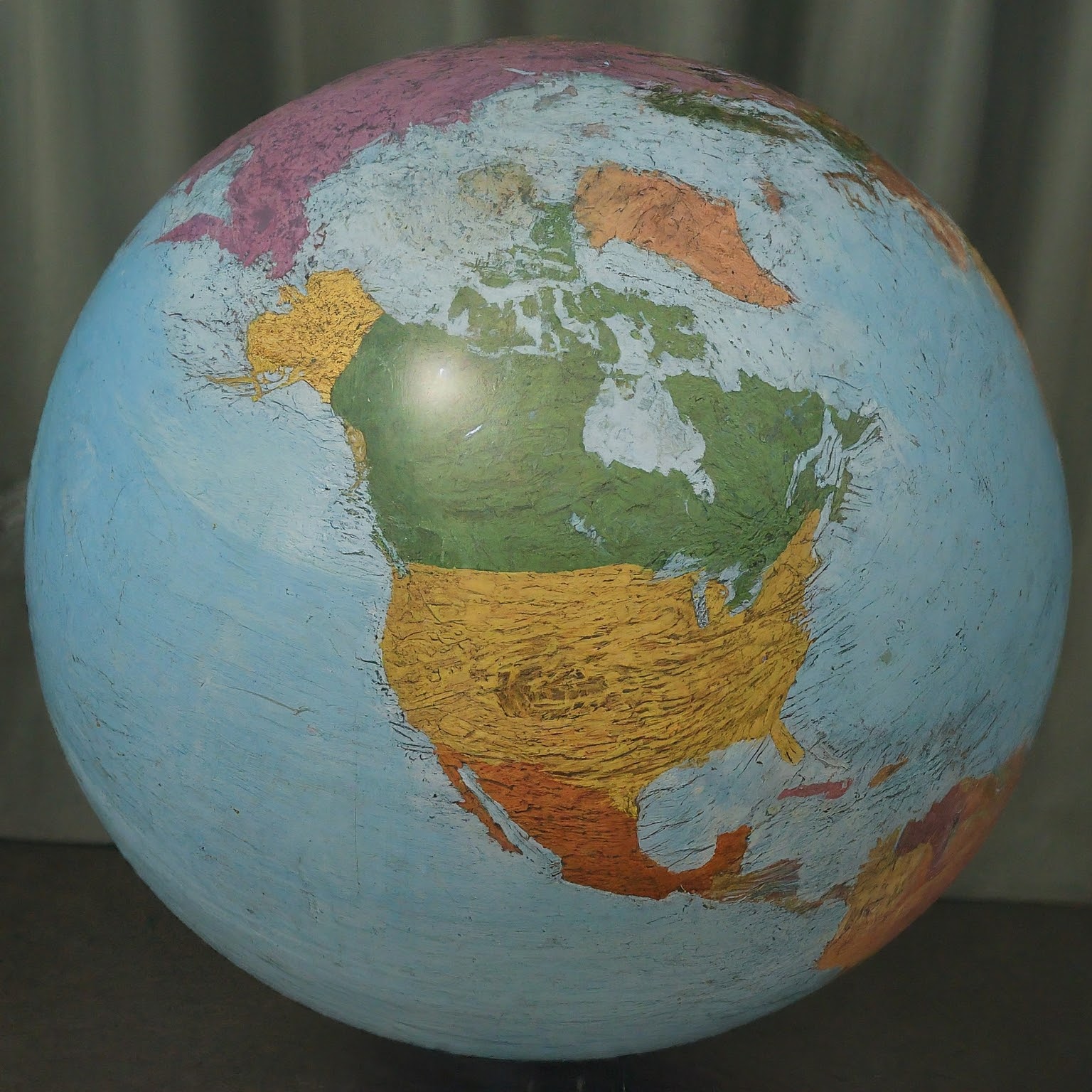In an increasingly interconnected world, staying connected with friends, family, or business associates abroad has become commonplace. Whether you’re planning a trip, expanding your professional network, or simply reaching out to loved ones across the globe, knowing how to dial international from the US is a crucial skill. This exclusive article will guide you through the process, ensuring seamless communication with any corner of the world.

Understanding the Basics of International Dialing from the US
Before we dive into the specifics of dialing international, let’s first grasp the key elements that form the backbone of international calling:
- Exit Code: The exit code is the numerical gateway that signals your intention to make an international call. In the US, the exit code is 011. It essentially tells your phone carrier that the subsequent digits represent an international phone number.
- Country Code: Each country is assigned a unique country code, usually consisting of one to three digits. This code serves as a digital identifier for that specific country in the global telecommunications network. For example, the country code for the United Kingdom is 44, while the country code for Australia is 61.
- Area Code (if applicable): Many countries employ area codes to designate specific regions or cities within their borders. When dialing an international landline number, including the relevant area code is often necessary.
- Local Phone Number: This is the specific phone number assigned to the individual or business you are trying to reach within the designated area code.
Mastering the International Dialing Sequence
Dialing an international number from the US involves a specific sequence of digits. Here’s a breakdown of the general format:
011 + Country Code + Area Code (if applicable) + Local Phone Number
Let’s illustrate this with an example:
To call a landline in London, UK, the dialing sequence would be:
011 + 44 (UK country code) + 20 (London area code) + XXX XXXX (local phone number)
Key Points to Remember
- Always start with 011: This is the standard exit code for the US, indicating an international call.
- Double-check the country code: Ensure you have the correct country code for the destination country. You can easily find this information online or by consulting a reliable international calling directory.
- Include the area code (if applicable): If you’re calling a landline, don’t forget to include the area code for the specific city or region.
- Be mindful of mobile phone numbers: Mobile phone numbers in many countries, including the US, do not require an area code. They are usually identified by their unique ten-digit format.
Navigating Specific Scenarios
While the general dialing sequence remains consistent, certain scenarios may require additional considerations:
- Calling Toll-Free Numbers: Toll-free numbers (e.g., 1-800 numbers) are typically not accessible from outside the country they are assigned to. If you need to reach a business or organization with a toll-free number from abroad, look for an alternative international number provided on their website or contact information.
- Calling from a Mobile Phone: The process of dialing international from a mobile phone is essentially the same as from a landline. However, ensure that your mobile plan includes international calling or consider purchasing an international calling add-on to avoid hefty charges.
- Calling via VoIP Services: Many Voice over Internet Protocol (VoIP) services and apps allow you to dial international numbers directly using the plus sign (+) followed by the country code, area code (if applicable), and local phone number. This can be a cost-effective alternative to traditional international calling, especially for frequent callers.
Overcoming Common Challenges
Even with the best preparation, you might encounter some hurdles when dialing international. Here are some common challenges and how to overcome them:
- Call not connecting: Double-check the entire dialing sequence, ensuring accuracy in the exit code, country code, area code (if applicable), and local phone number. If the problem persists, contact your telecom provider for assistance.
- Poor call quality: If you experience poor call quality, try moving to a location with a stronger signal or consider using a VoIP service for enhanced clarity.
- High charges: Review your phone plan’s international calling rates and explore cost-effective alternatives, such as VoIP services or prepaid calling cards.
Beyond the Basics: Additional Tips & Tricks
- Time Zones: Be mindful of the time difference between your location and the destination country to avoid calling at inconvenient hours.
- Language Barriers: If language poses a challenge, consider using translation apps or services to facilitate communication. Alternatively, learn a few basic phrases in the local language to show respect and enhance understanding.
- Cultural Sensitivity: Familiarize yourself with the cultural norms and etiquette of the country you’re calling to ensure respectful and effective communication.
Embracing the Future of International Communication
The landscape of international communication is constantly evolving, with technological advancements shaping the way we connect with the world. The rise of 5G networks, satellite communication, and cloud-based solutions is set to revolutionize global connectivity, making international calling even more seamless and accessible.
In the future, we can anticipate even greater integration between various communication platforms, enabling us to connect with people across borders through voice, video, and messaging, all within a unified interface. Additionally, advancements in artificial intelligence and machine learning could lead to the development of real-time translation services, further breaking down language barriers and fostering greater cross-cultural communication.
Conclusion
Mastering the art of how to dial international from the US opens doors to a world of opportunities for connection, collaboration, and cultural exchange. By understanding the basic principles, following the step-by-step guide, and utilizing the tips and tricks provided in this article, you can confidently reach out to anyone, anywhere in the world.
لا تعليق